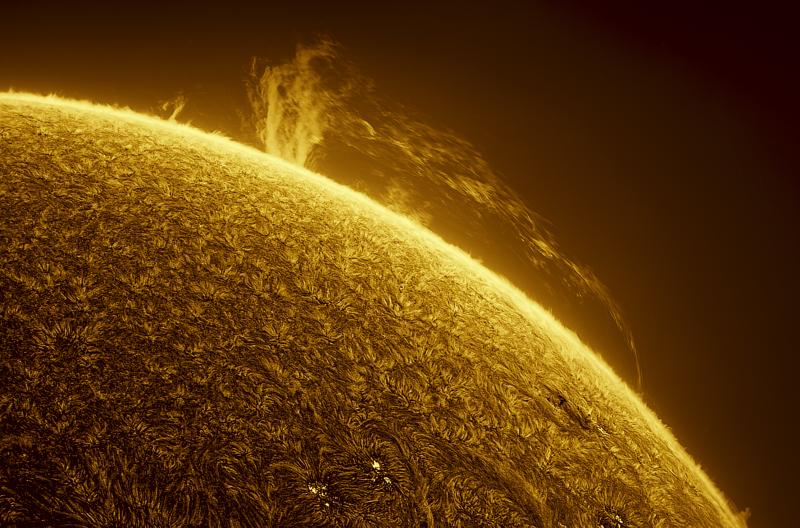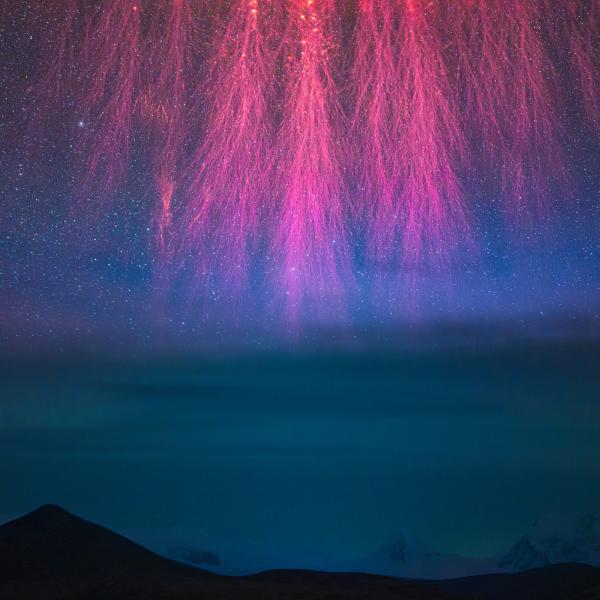It can be challenging to know where to start with astrophotography.
Star apps and astronomical societies are great tools to begin familiarising yourself with the night sky. And although it may be daunting to traverse the myriad of equipment options opened up by the technology revolution, it’s amazing what you can capture with even modest bits of kit. Like any craft, practice is key, and patience is a virtue.
The Universe is full of mystery and magnificence waiting to be uncovered. In a similar vein, the achievements of these shortlisted entrants should remind us that it’s never too late to unveil hidden interests and talents, fostering them to develop expertise.
In the year that marks what would have been the 100th birthday of Sir Patrick Moore (after whom this category is named), the shortlisted and winning entries in the Best Newcomer category are a testament to his desire of popularising astronomy and inspiring budding astronomers to look up, connect with, and capture the night sky.
Find out more about the winning images and explore the full shortlist below.
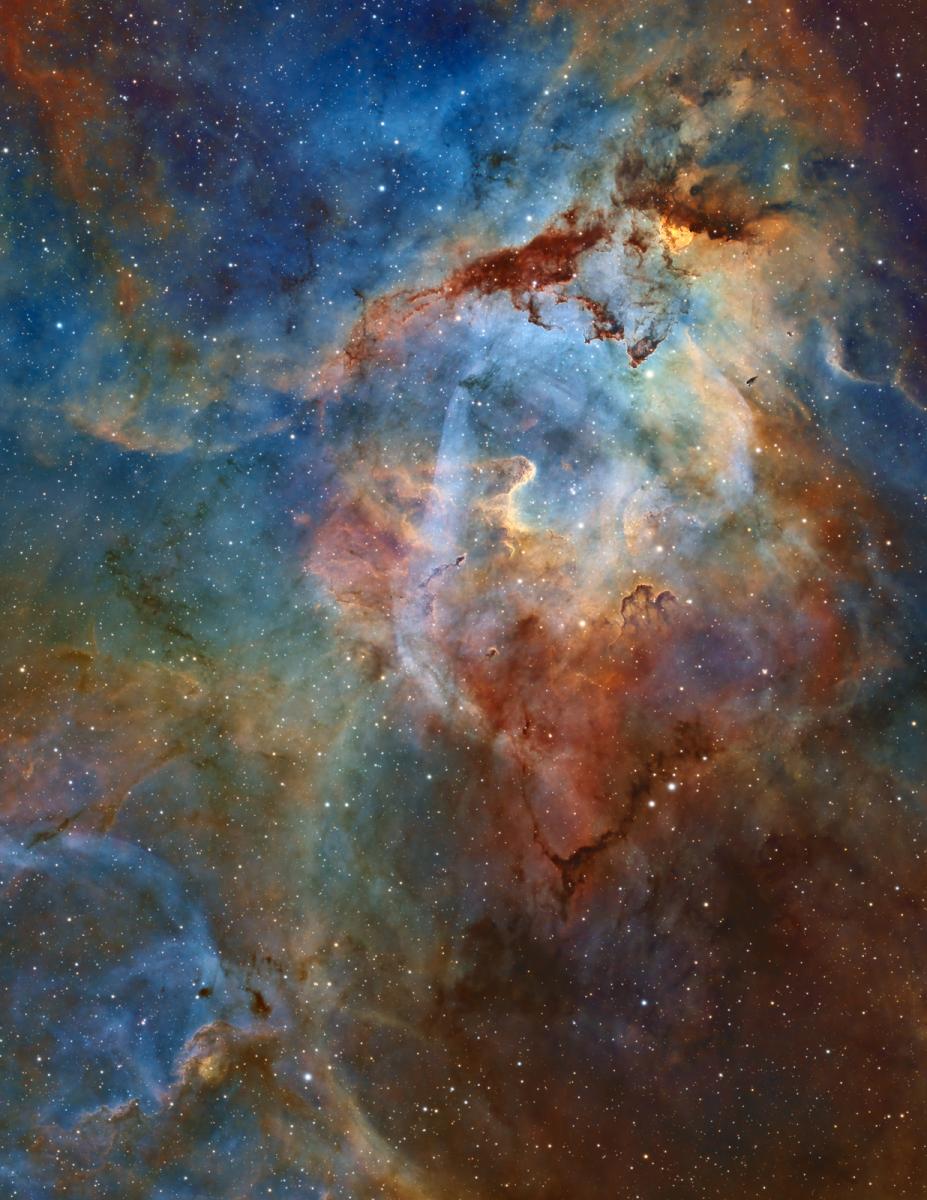
The winning image
Sh2-132: Blinded by the Light by Aaron Wilhelm
Taken in Santa Monica, California, USA, 22, 24, 25, 27 and 28 September 2022, and 2, 3, 16 and 17 October 2022
"The Sh2-132 complex lies near the border of the Cepheus and Lacerta constellations and contains a veritable zoo of deep-sky objects," explains Aaron. "Here I have isolated what appears to be a divine light blinding a cosmic seahorse that perhaps swam a bit too far into the deep end."
"H-alpha, SII, and OIII signals are all quite strong here, and I tried to bring out a wider range of colours in a way that still looks natural to my eye. With nearly 70 hours of data, the rich interplay of all the gases shows me something different every time I look at this chaotic scene. The image was processed using the Hubble Palette in PixInsight."
Equipment used: William Optics Fluorostar132 mm telescope, Chroma 3 nm/50 mm SII/H-alpha/OIII filters, Astro-Physics Mach2GTO mount, ZWO ASI6200MM-Pro camera, 910 mm f/6.9, SII, 87 x 900-second exposures; H-alpha, 92 x 900-second exposures; OIII: 87 x 900-second exposures, 66-hours and 30-minutes total exposure time
The perseverance and stamina of astrophotographers is what makes us truly stand out in the photography field. Here is an image that really brings home the application required, especially when focusing on the deep sky. This photographer has really put in the hours and studied their craft to create a beautiful image of this field of nebulosity. With subtle but varying colours across the whole palette, the dark twisting lanes of dust are resolved in exquisite detail and the stars are perfectly round with no hint of trailing. All this from a newcomer to the hobby. It shows that, even at the early stages of astrophotography, there are no limits to what we can achieve.
Steve Marsh, competition judge
Never miss a shooting star
Sign up to our space newsletter for exclusive astronomy news, guides and events.
See the full shortlist
Explore all the photographs in the Best Newcomer category.
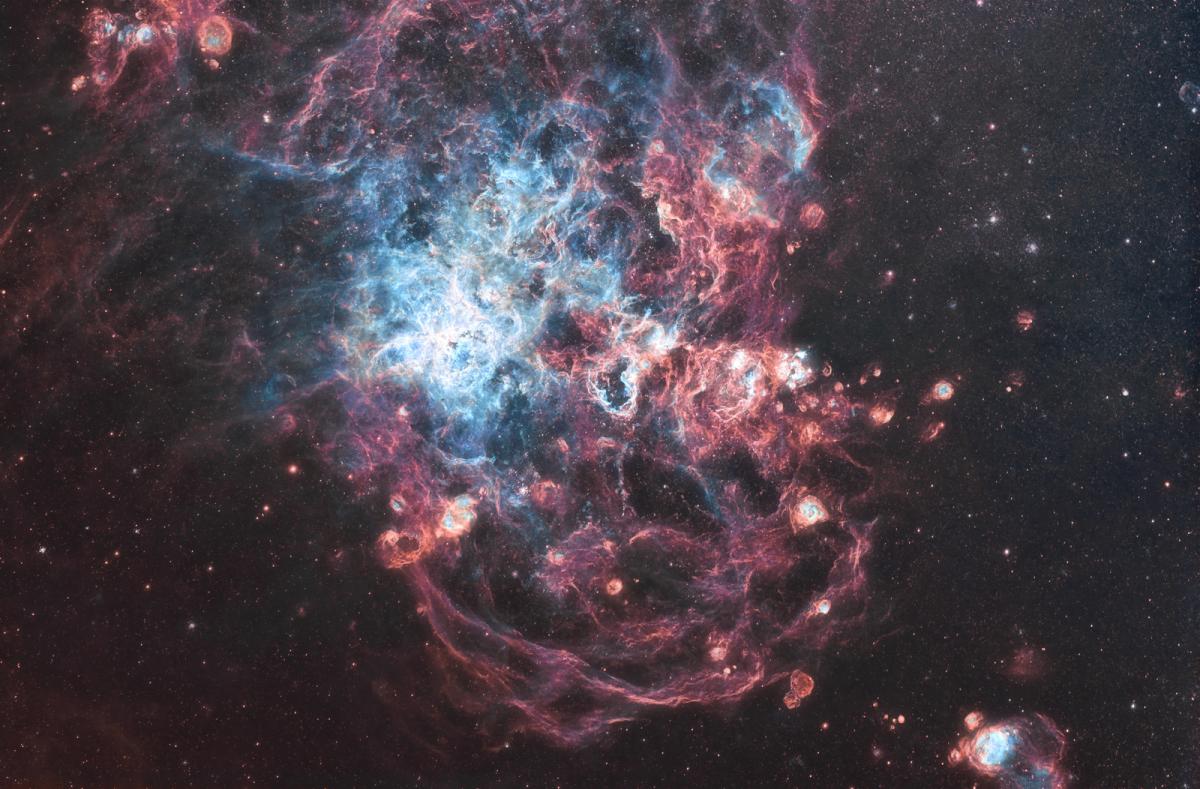
Large Magellanic Cloud by Jinyuan Chen
Launceston, Tasmania, Australia, 23–28 January 2023
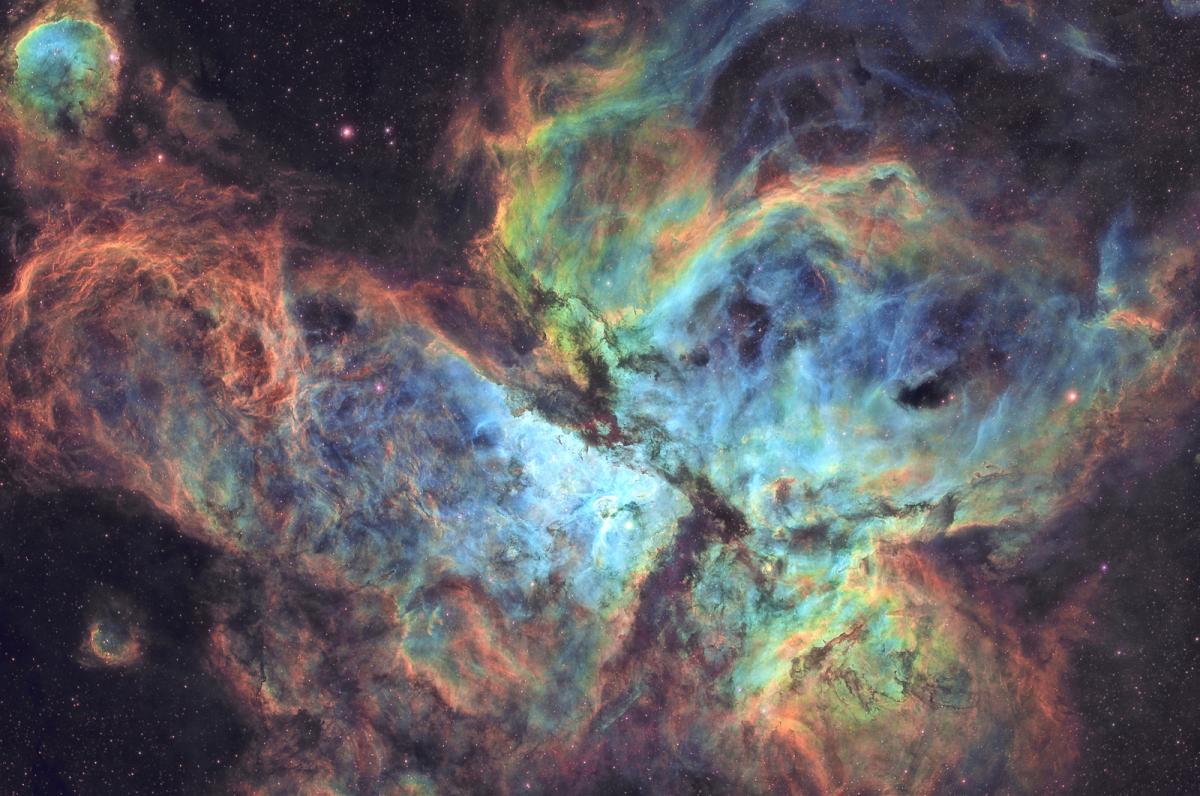
Carina Nebula by Jinyuan Chen
Launceston, Tasmania, Australia, 11–23 January 2023

Radio Polaris by João Yordanov Serralheiro
Mullard Radio Astronomy Observatory, Cambridge, UK, 10 July 2022
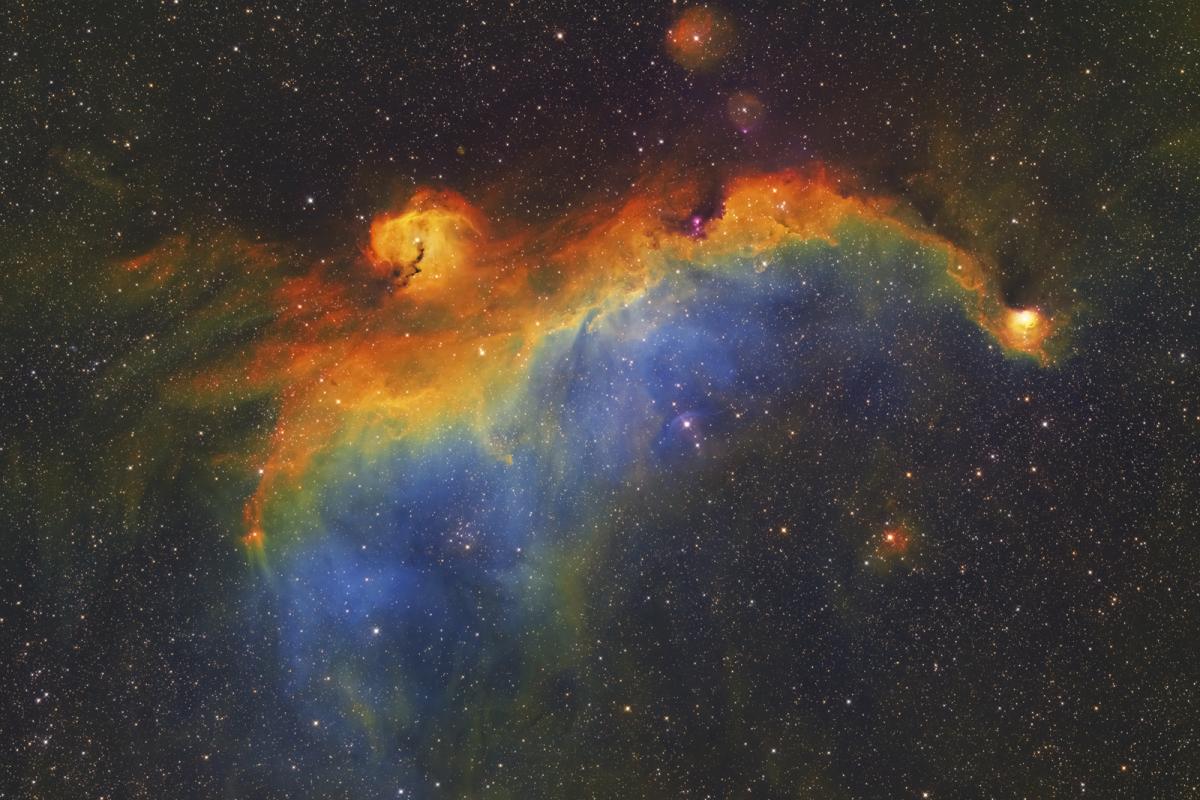
Rainbow, Seagull by Zhiqing Zhang
El Sauce Observatory, Río Hurtado, Chile, 25 November 2022
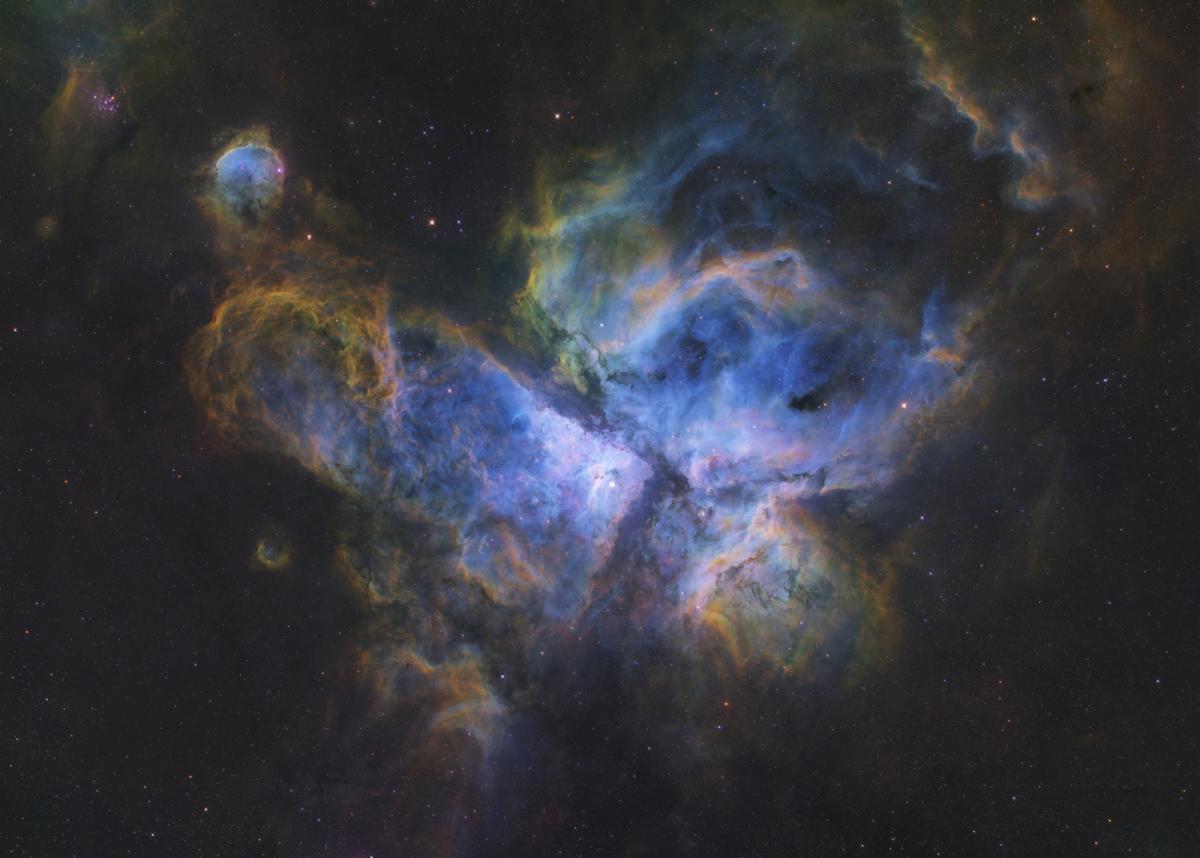
The Great Carina Nebula by Zhiqing Zhang
El Sauce Observatory, Río Hurtado, Chile, 14 May 2022
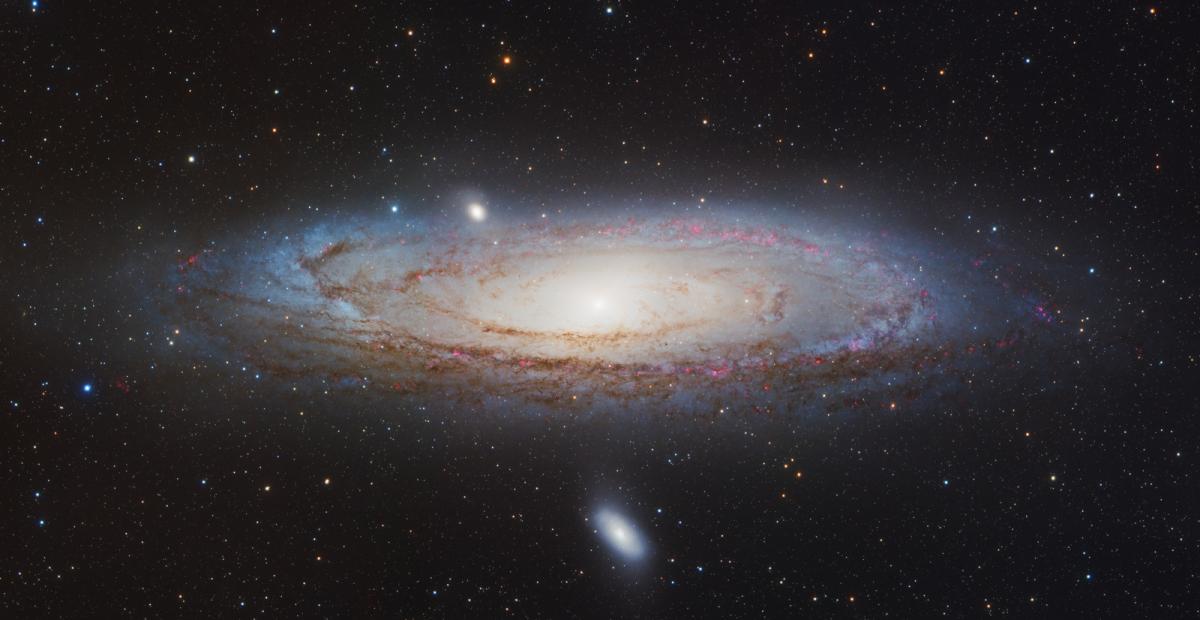
M31: Deep Gaze © Jia You
Jiuliancheng town, Hebei Province, China, 29 September–12 November 2022
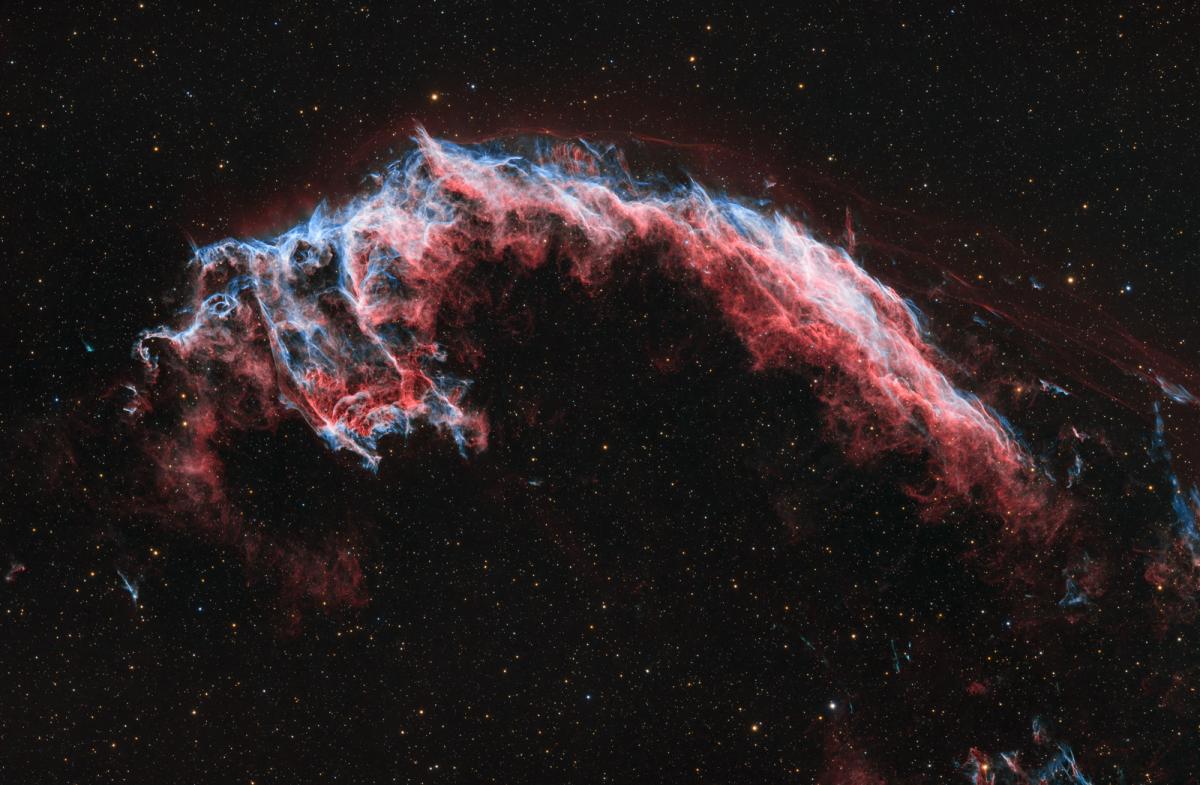
Eastern Veil: NGC6992/6995 by Jia You
Jiuliancheng town, Hebei Province, China, 16–20 August 2022
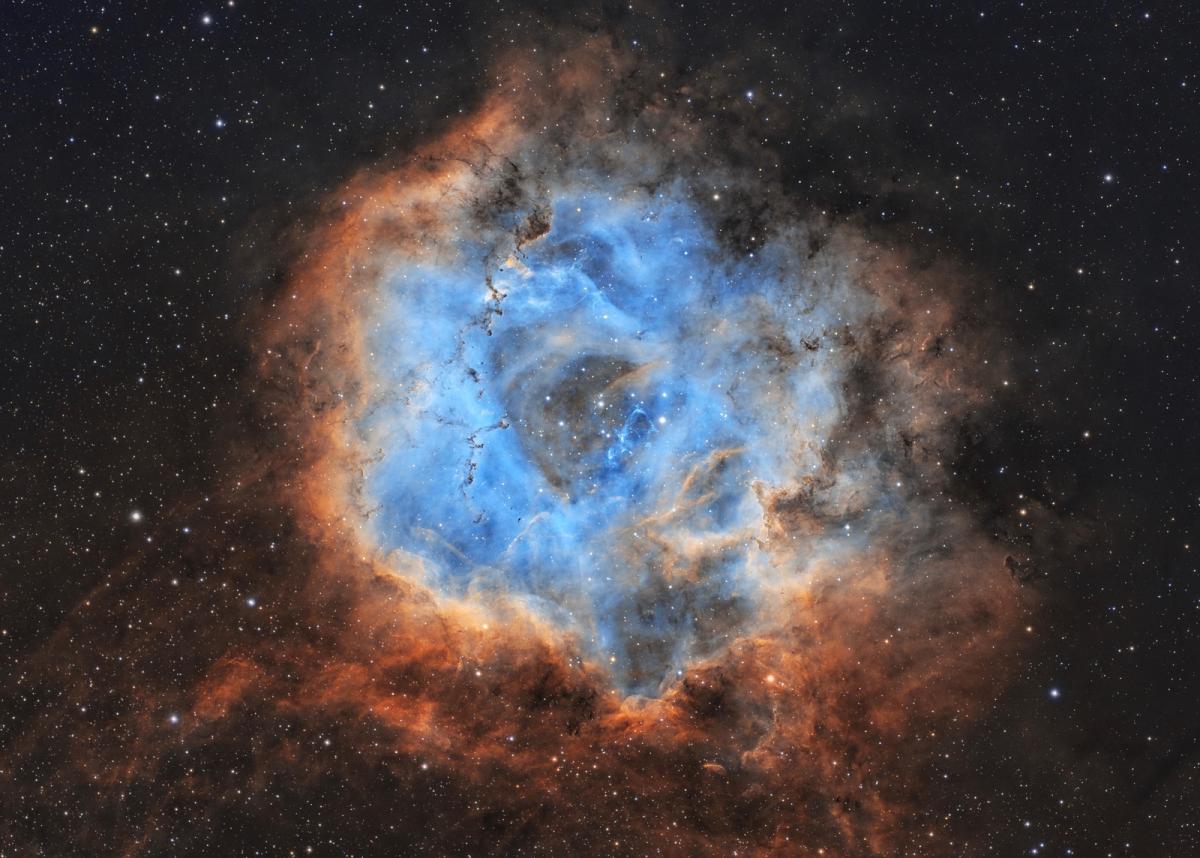
The Rosette Nebula by Carl Parnell
Dawlish, South Devon, UK, 9, 19, 25 and 26 February 2022
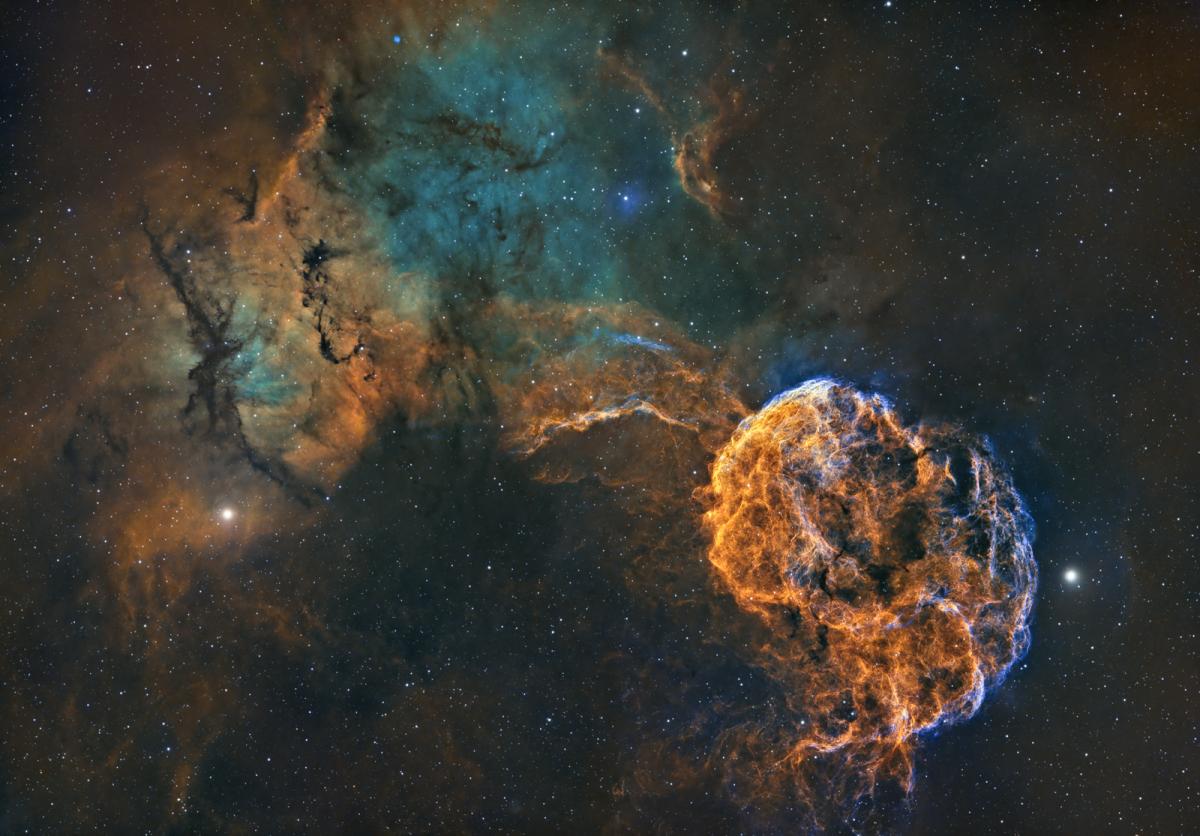
IC 443 & IC 444: Violent Deaths, Humble Beginnings by Aaron Wilhelm
Santa Monica, California, USA, 11, 21–26 and 28–30 January 2022
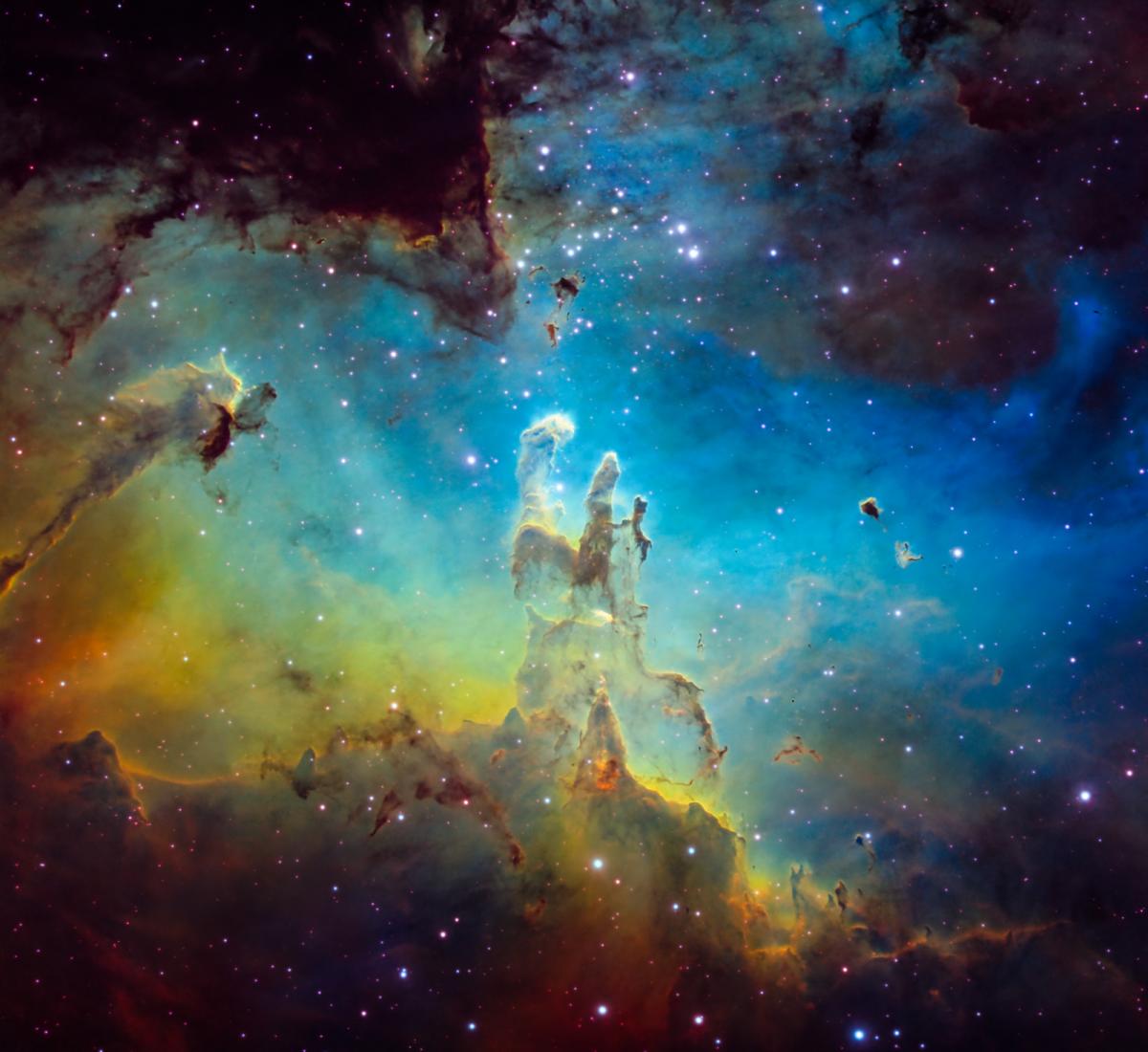
Cosmic Palette by 孜谦 刘
El Sauce Observatory, Río Hurtado, Chile, 25 July 2022
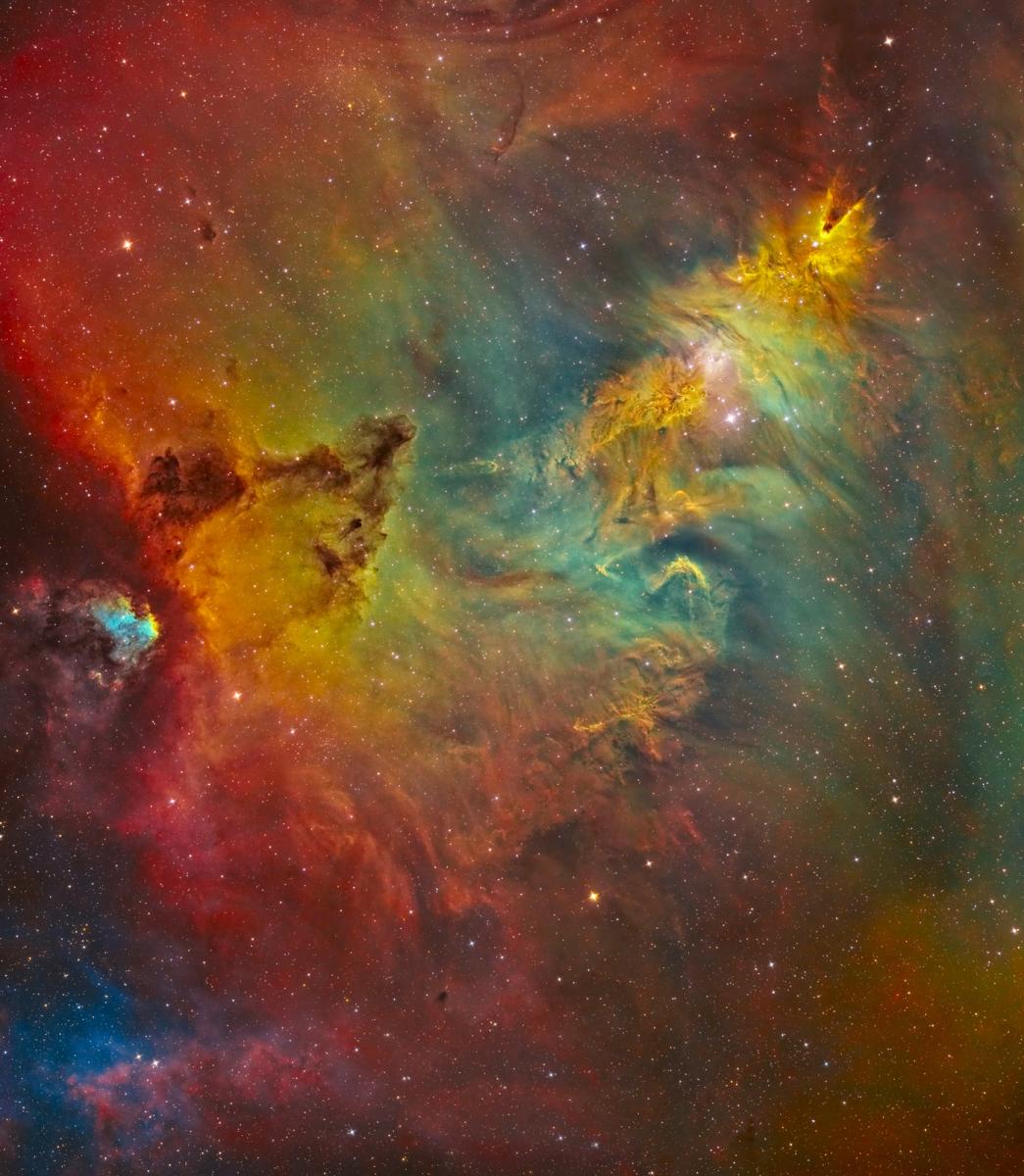
The Christmas Tree Star Cluster © Jiang Wu
Guangzhou, Guangdong province, China, 22–24 December 2022
Our partners


